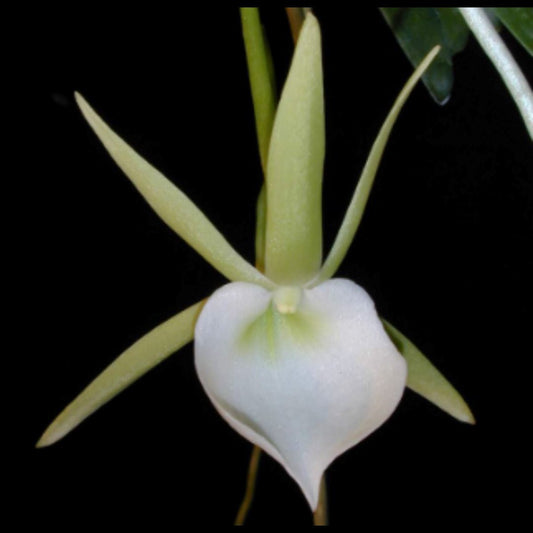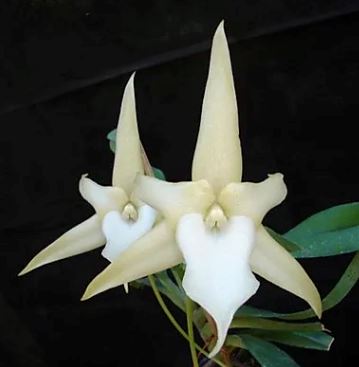
Orchid Care 101: Secrets to Speeding Up Root Growth in Bare-Rooted Orchids
Orchids are renowned for their beauty and elegance, captivating enthusiasts with their stunning blooms and delicate appearance. However, behind their graceful exterior lies a crucial element essential for their health and vitality: their roots. Orchids often are imported as bare-rooted plants, devoid of soil and with exposed root systems, usually with no healthy root system. Ensuring new roots are developed quickly is vital for the orchid's survival and future growth. In this blog, we'll explore the essential factors and techniques to promote rapid root growth in bare-rooted orchids.
Understanding Bare-Rooted Orchids:








